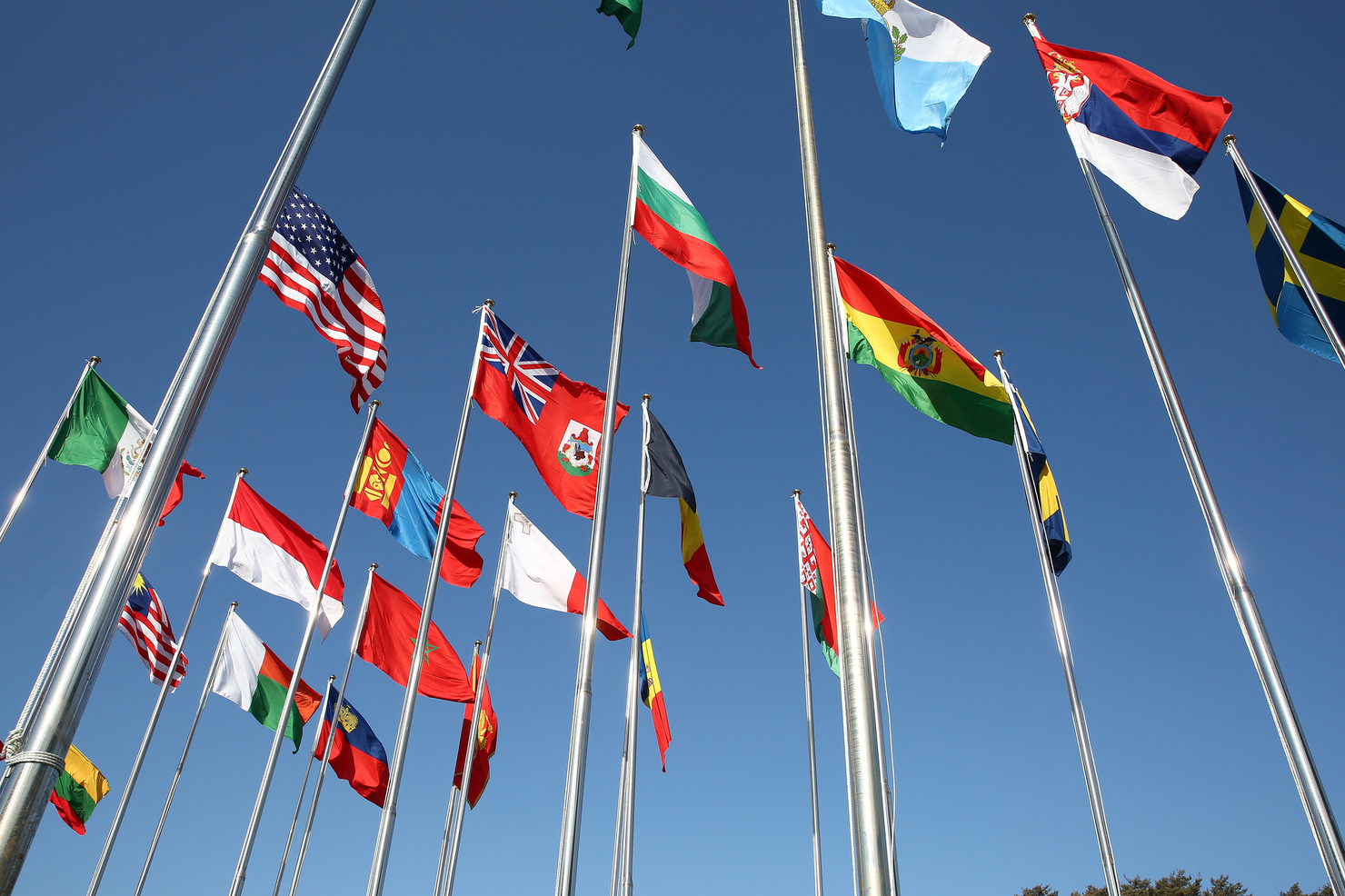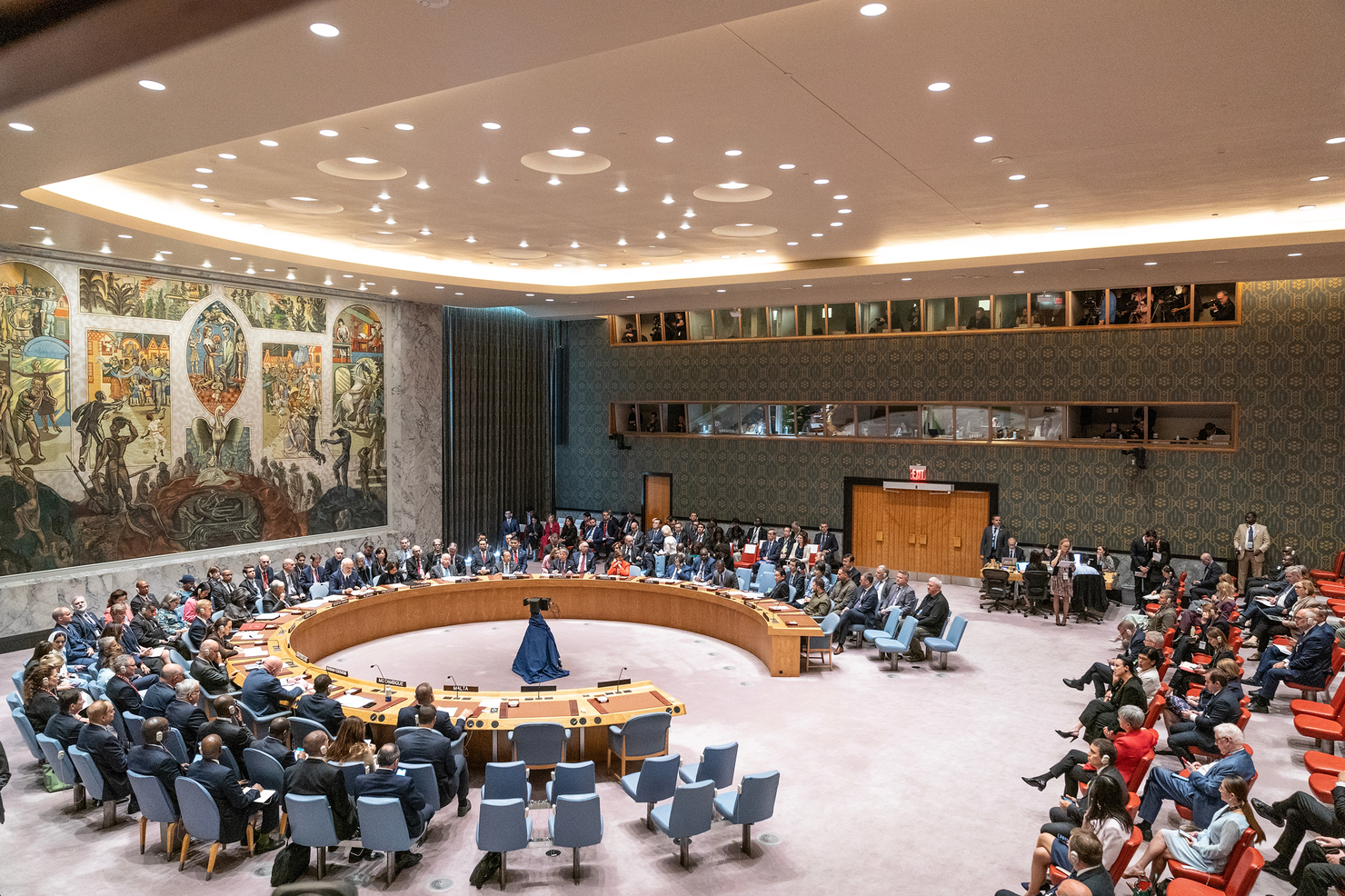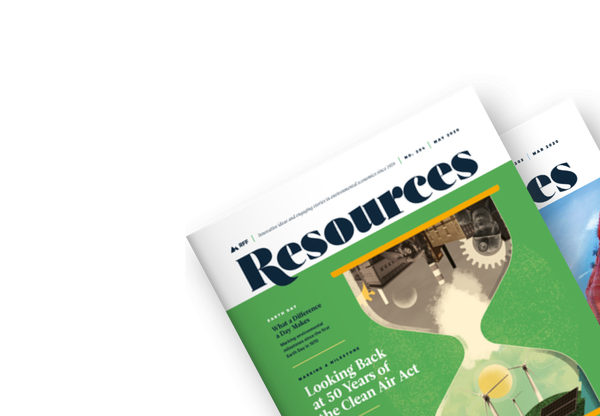A recent workshop dove into the potential benefits, costs, and unknowns of solar radiation modification, a relatively untested method of slowing global temperature rise.
Interest in the potential of solar radiation modification (SRM) to help address climate change keeps rising, with some technologies potentially ready for use in the next decade. Such approaches to help cool the Earth by reflecting solar radiation back into space could be cheap and effective at slowing global temperature rise (a major, but not the sole, impact of climate change). At the same time, SRM presents biophysical and sociopolitical risks that are not yet well understood. The potential benefits and harms of SRM, and the distribution of these benefits and harms across the world, would depend on multiple factors. These factors include the specific technology used and how it is deployed, the goals of deployment, and the existence of an effective and internationally cooperative governance framework.
To help broaden our understanding of SRM, the 2025 Resources for the Future and Harvard SRM Social Science Research Workshop hosted 17 research presentations from academics spanning an array of disciplines and representing more than 10 developed and developing countries. This year’s meeting assembled scholarship under the theme of “Governance in a Fractured World.” Complementing the research sessions, the workshop featured a conversation with veteran US climate policy expert Andrew Light and a panel discussion with SRM research funders. Several themes emerged from this year’s discussions, which we explore below.
Can Nations Work Together to Manage, Or Hold Off, Solar Radiation Modification?
As we learned from work presented at last year’s workshop, a relatively small number of countries could unilaterally deploy stratospheric aerosol injection (SAI) in the near future, a version of global SRM which involves injecting small, reflective particles into the upper atmosphere. New modeling presented this year suggested that a small coalition or “club” of geoengineering nations could cooperate to effectively deploy SAI at a global scale, resulting in net global temperature benefits, provided the members of the club are geographically diverse. Such smaller groups also may be more stable than larger ones, as they tend to reinforce group norms and behaviors more easily than larger ones.

On the topic of cooperation among nations, one presentation argued that an internationally agreed-upon moratorium is a bad idea, as it could stifle needed research while simultaneously failing to constrain those nations most likely to deploy SRM. The presenters argued instead for a process of bottom-up norm setting and development, in which international norms on SRM emerge through public, nationally managed research programs. As noted, a separate presentation highlighted the significant risks of unilateral deployment of SRM, in which interested state or non-state actors adversely affect precipitation patterns—and, consequently, such concerns could raise support for a moratorium, with the goal of preventing unilateral deployment.
The Security Implications of Solar Radiation Modification
The possibility that SRM could create new international security tensions or exacerbate existing ones is an ongoing area of concern and research. New work presented at this year’s workshop looked at the potential for SRM to be perceived as a dual-use civilian and military technology, and the inherent risks in such a possibility.
Perceptions of risks, even if they differ significantly from objective measures of risks, can still lead to “securitization,” the idea of perceiving and treating the technology as part of national security or military infrastructure and planning, rather than merely a climate-related technology. Despite worries that SRM might become securitized, one participant foresaw that the United Nations (UN) Security Council, rather than the UN Framework Convention on Climate Change, will be the ultimate venue where nations gather to discuss SRM’s implications and potential use or nonuse. For now, the regular meetings of the UN Environment Assembly host one of the more active international discussions on SRM.
Perceptions and Framing: What Determines How Solar Radiation Modification Is Viewed?
A vibrant and growing area of academic work is exploring the determinants of how SRM is perceived and framed by different audiences and stakeholders, and across different countries in the Global North and the Global South. Workshop participants presented studies looking at media framing and perceptions of SRM in Latin America and the Caribbean, Pakistan, Brazil and South Africa, the United States, and the Arctic, as well as among attendees at annual UN climate change conferences.
Some of these studies highlighted that while knowledge about SRM is growing, few people are yet familiar with the specific strategies, like SAI, that are under consideration. This knowledge gap is true whether in the developed countries of the Global North or the developing nations of the Global South. Several factors could determine one’s attitude toward SRM, including level of trust in government, personal risk tolerance, level of political activity, and recent or direct experiences with climate change impacts. Framing and perception of SRM matter because they affect the political discussion, potentially conferring legitimacy and pointing to how SRM may be governed.

Presenters raised additional questions: Where is the world heading with SRM, and how could policy-relevant scenarios be developed that would help us understand and prepare for these different futures? Are the poles the most likely areas for outdoor field experimentation or even deployment in the near future, and if so, how should those potential outcomes be managed and governed? Some discussed the benefits of national-level research programs, while other presentations involved a critique of private-sector involvement and an argument about which countries have ethical standing to deploy SRM.
Social Science Research into Solar Radiation Modification Is Essential
Workshop participants broadly believed additional research into the social science implications of SRM is valuable, raising the point that knowledge builds a better basis for decisions, for both proponents and detractors of SRM. The research and policy communities continue to need a better understanding of whether and how SRM interventions could mix with the more conventional approaches of greenhouse gas emissions reductions, carbon dioxide removal, and adaptation.
For now, we know that the only way to address climate change in the long run is to reduce our greenhouse gas emissions to net zero or below. We also know that uncertainties about SRM potential benefits and risks remain, which need further research and investigation.
To prepare for future decisions, the workshop organizers (ideally with others in the broad SRM research community) would like to explore a road map for further social science research to address the most important SRM questions that policymakers could face in the next five to ten years.
With major global discussions in the coming year as the Intergovernmental Panel on Climate Change starts its work on the 7th assessment report and policymakers meet at COP30 in Belém, Brazil, and the 7th session of the UN Environmental Assembly in Nairobi, we look forward to continuing our engagement with the SRM community.










